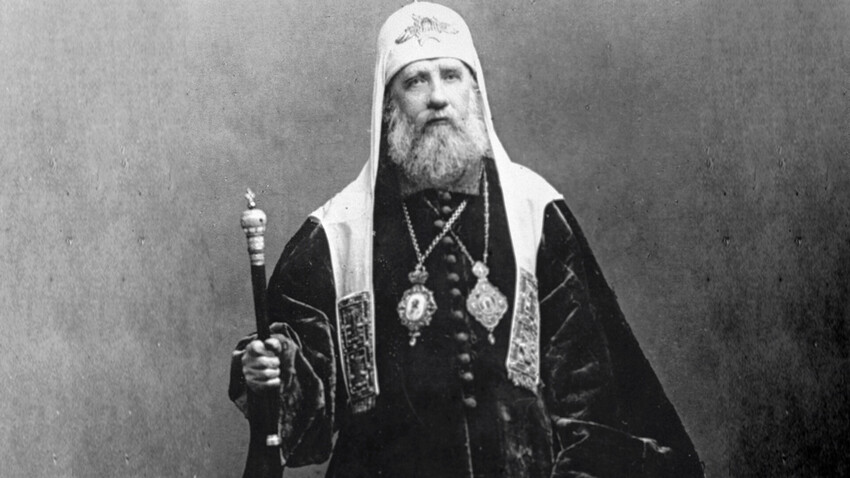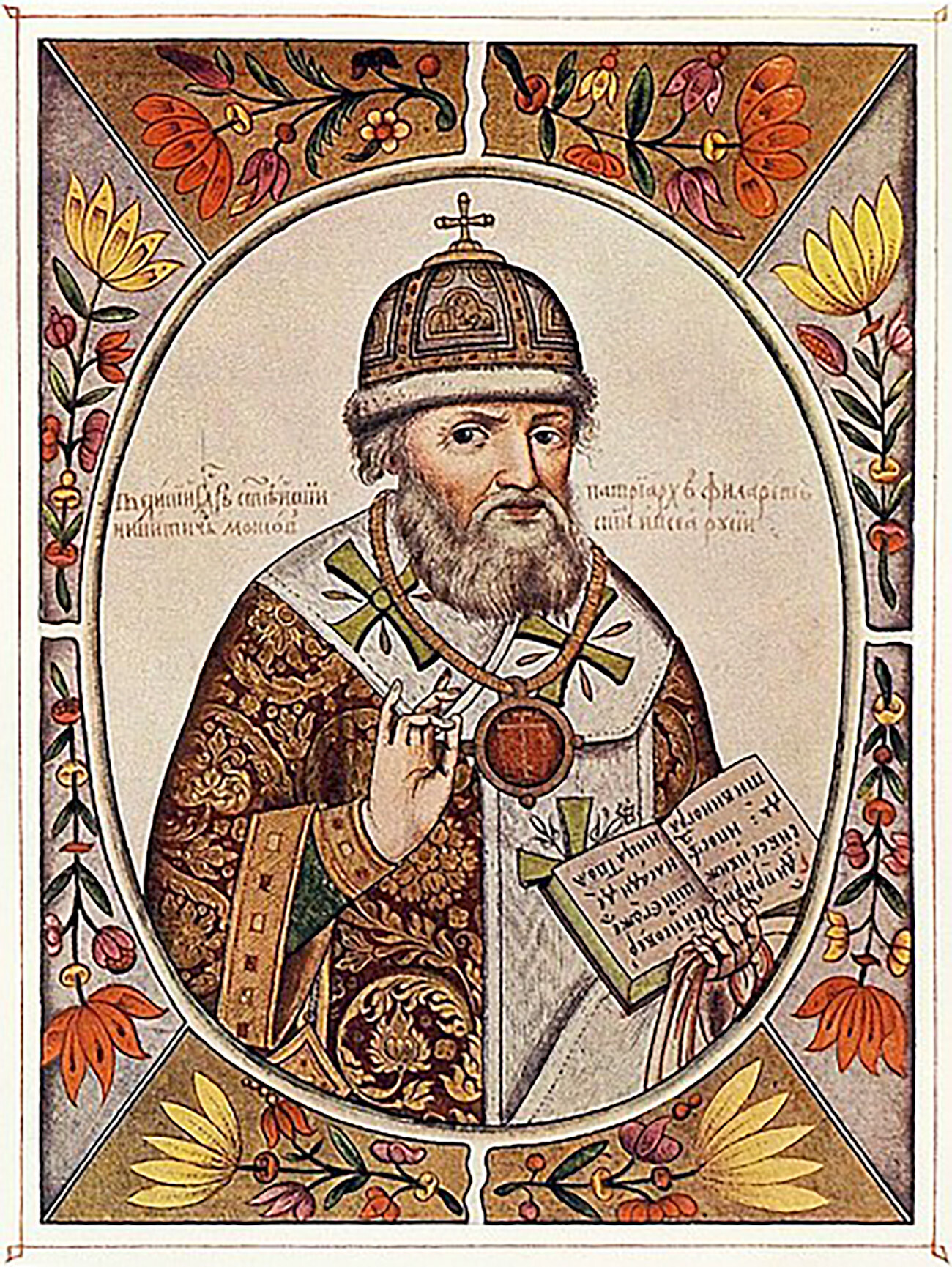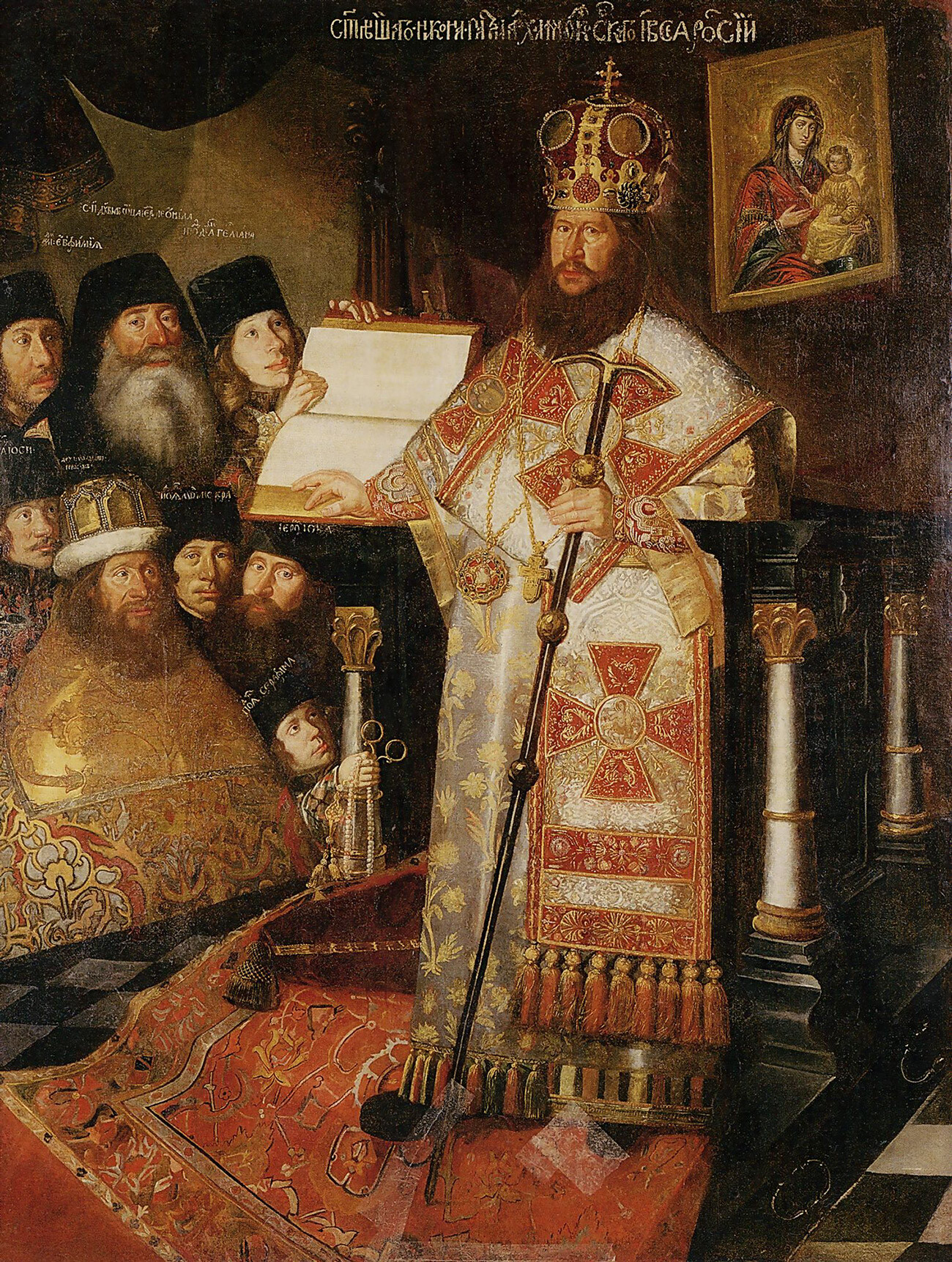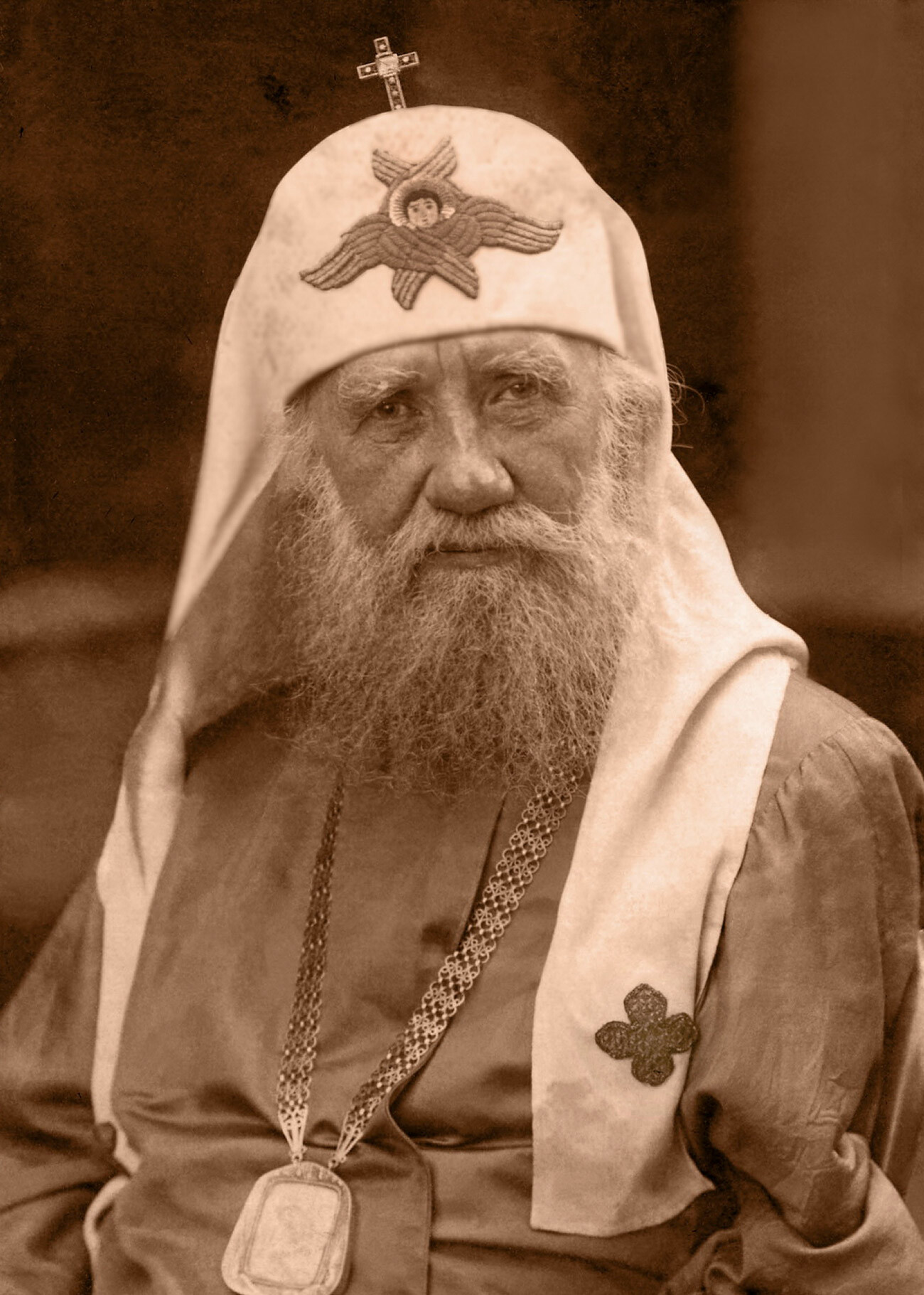
Patriarch Tikhon
SputnikPatriarchy in Russia was recreated several times. Until the 16th century, the Russian Orthodox Church was part of the Constantinopolitan Patriarchate and only in 1588, with the blessing of the Patriarch of Constantinople, received autocephaly (i.e. independence), after which patriarchy was established in Moscow.
Peter the Great decided to subdue the church officials who had too much influence on the state policy and abolished the patriarchate, introducing a secular body of church administration. The patriarchate was restored briefly after the February Revolution of 1917, but the Bolsheviks abolished it again. Paradoxically, the current Moscow Patriarchate was established under Stalin in 1945.
Such a turbulent history of the church proves how much influence it had in Russia and how much the authorities used it to their advantage or fought it. We highlight three patriarchs below, who have undoubtedly left their mark on the history of not only the church, but also of Russia.
(years of life: 1553/1554-1633, years of patriarchy: 1619-1633)

Patriarch Filaret
Tsar's Book of Titles, 1672In secular life, his name was Fyodor Romanov and he had no plans to become a monk, much less a patriarch. The son of a noble boyar and nephew of Ivan the Terrible (from his first wife), Fyodor was a highly educated man and a Moscow socialite.
However, it was his proximity to the royal family that determined his fate. After the death of Tsar Fyodor Ioannovich, Ivan the Terrible’s son, there was no direct heir left. According to one version, Boris Godunov considered Fyodor Romanov a rival in the struggle for the throne - and forcibly tonsured him into a monk (under the name ‘Filaret’) to deprive him of a right to become a tsar.
Filaret's rise happened during the Time of Troubles and the Polish intervention. False Dmitry I freed the disgraced monk and made him a metropolitan.
In fact, under False Dmitry II, Filaret even performed the role of patriarch, but then he was taken prisoner by the Poles.
Subsequently, it became clear that Filaret was indeed very close to becoming tsar. In 1613, his son Michael Romanov was elected to the throne, becoming the first tsar from the Romanov dynasty.
Filaret triumphantly returned from captivity in 1619 and became the legitimate patriarch. In fact, Filaret was the co-emperor of his son Michael. He solved many issues, even signed important state papers.
(years of life: 1605-1681, years of patriarchy: 1652-1666)

Portrait of Patriarch Nikon, 1660-1665
New Jerusalem museumBefore his patriarchate, Nikon served as a priest, was married and had a family. But, his children died and such grief led him to a monastery, where he later became an abbot. Back in those days, newly minted abbots were usually taken to bow before the tsar. Nikon made a good impression on Tsar Alexei Mikhailovich. The monarch appointed him to a high position in one of the Moscow monasteries and accepted him into the Zealots of Piety circle.
Nikon often communicated with the tsar and when, in 1652, the acting patriarch Joseph died, Alexei Mikhailovich offered Nikon to take this post.
Nikon asked the tsar to promise not to interfere in the affairs of the church and began to carry out a major church reform. He convinced the tsar of the necessity to unify all church books in the first place.
In the course of the revision, the spelling of ‘Jesus’ was changed (Исус 'Isus' turned into Иисус 'Iisus'). The order of divine service was also changed. In particular, people had to bless with three fingers instead of two and Nikon replaced the bowing to the ground with a lumbar bow.
Because of the reform, a church schism occurred. The Old Believers, that is, those who did not want to follow the new rules, were severely persecuted. Many high-ranking officials and noblemen were deeply concerned about the reform. As a result, a lot of palace intrigues and conspiracies took place and Nikon lost the trust and favor of Tsar Alexei Mikhailovich. The Church Council deprived him of the patriarchal dignity and sent him into exile to the remote Ferapontov Monastery near the city of Vologda.
After the death of Tsar Alexei Mikhailovich, a now old and sick Nikon was allowed to return to his fiefdom at the New Jerusalem Monastery near Moscow. But, the former patriarch died on the road before reaching his Calvary.
(years of life: 1865-1925, years of patriarchy: 1917-1925)

Patriarch Tikhon
Public domainFellow students at the St. Petersburg Theological Academy would jokingly call Vasily Bellavin a “patriarch”, hardly seriously assuming that he would end up becoming one. After all, at the end of the 19th century, when Vasily was studying at the seminary and receiving his degree as a candidate theologian, the patriarchate had not existed in Russia for almost two centuries.
Peter the Great abolished this position and the whole institution and, instead of it, the Church was governed by the Holy Synod. Its head was a secular official, in fact another minister.
The fate of this patriarch is worthy of a Hollywood movie adaptation. Vasily became a monk in 1891, under the name ‘Tikhon’. He was a seminary teacher and was climbing up the church service ladder.
In 1898, he was appointed bishop of the Russian Orthodox Church in Alaska and he did so well in missionary work that he was promoted to the North American Archbishop. Tikhon was very active in developing the Russian Orthodox Church in the United States, moving the pulpit from San Francisco to New York, opening new churches, seminaries and monasteries.
He returned to Russia only in 1907 and even met Nicholas II and his family during the celebration of the 300th anniversary of the Romanov House.
Patriarchy in Russia was restored after the February Revolution of 1917 and it was Tikhon who was elected to the post by the Church Council. In 1922, Soviet authorities arrested the patriarch, who had openly condemned the Bolsheviks, the bloodshed and the Civil War. Under the active influence of the NKVD (secret police), a split arose among the clergy. Some sided with Tikhon, while others demanded the deprivation of his dignity – which happened in 1923. Because of all the turmoil, two years later, the former patriarch passed away.
Dear readers,
Our website and social media accounts are under threat of being restricted or banned, due to the current circumstances. So, to keep up with our latest content, simply do the following:
If using any of Russia Beyond's content, partly or in full, always provide an active hyperlink to the original material.
Subscribe
to our newsletter!
Get the week's best stories straight to your inbox